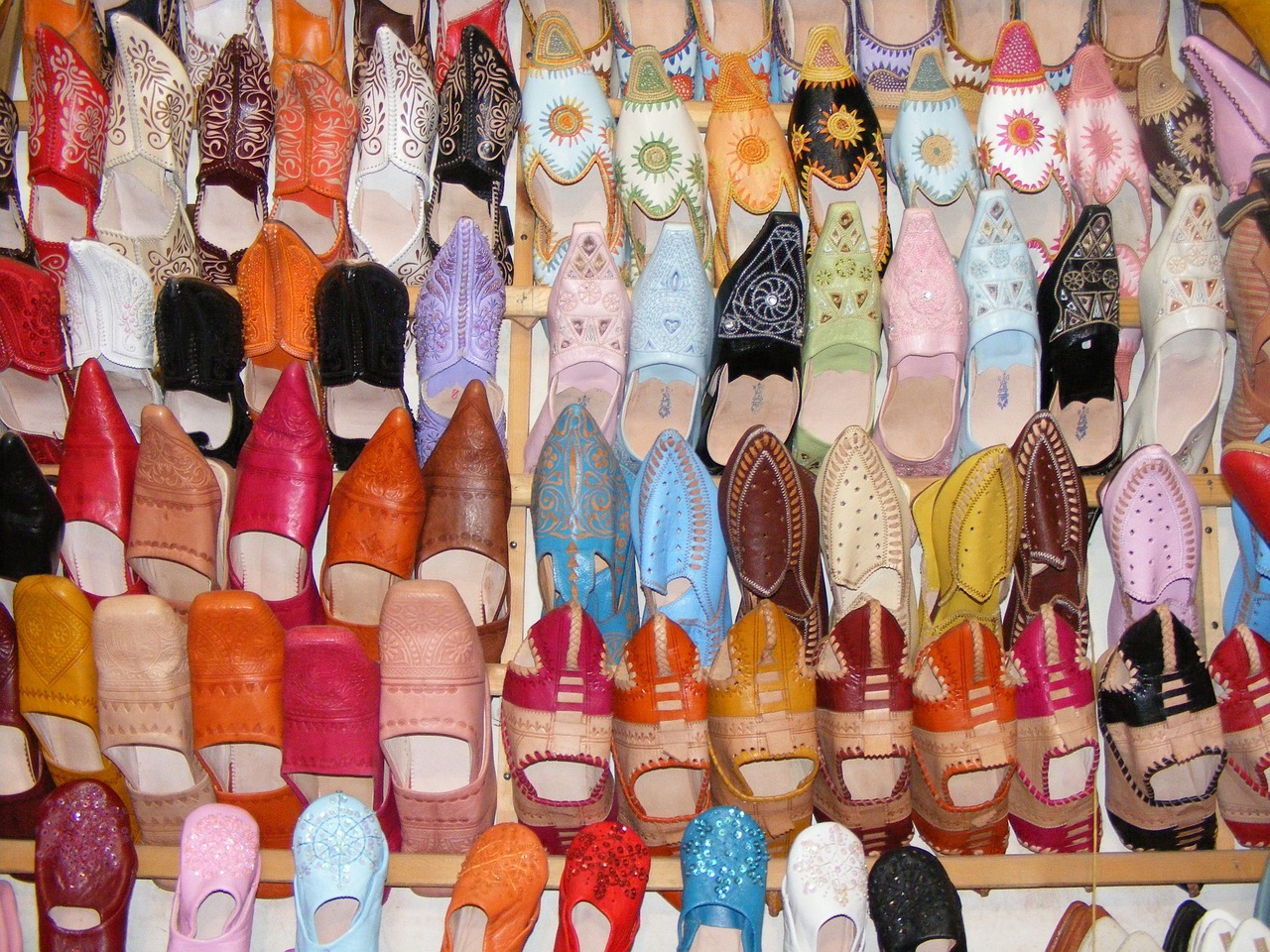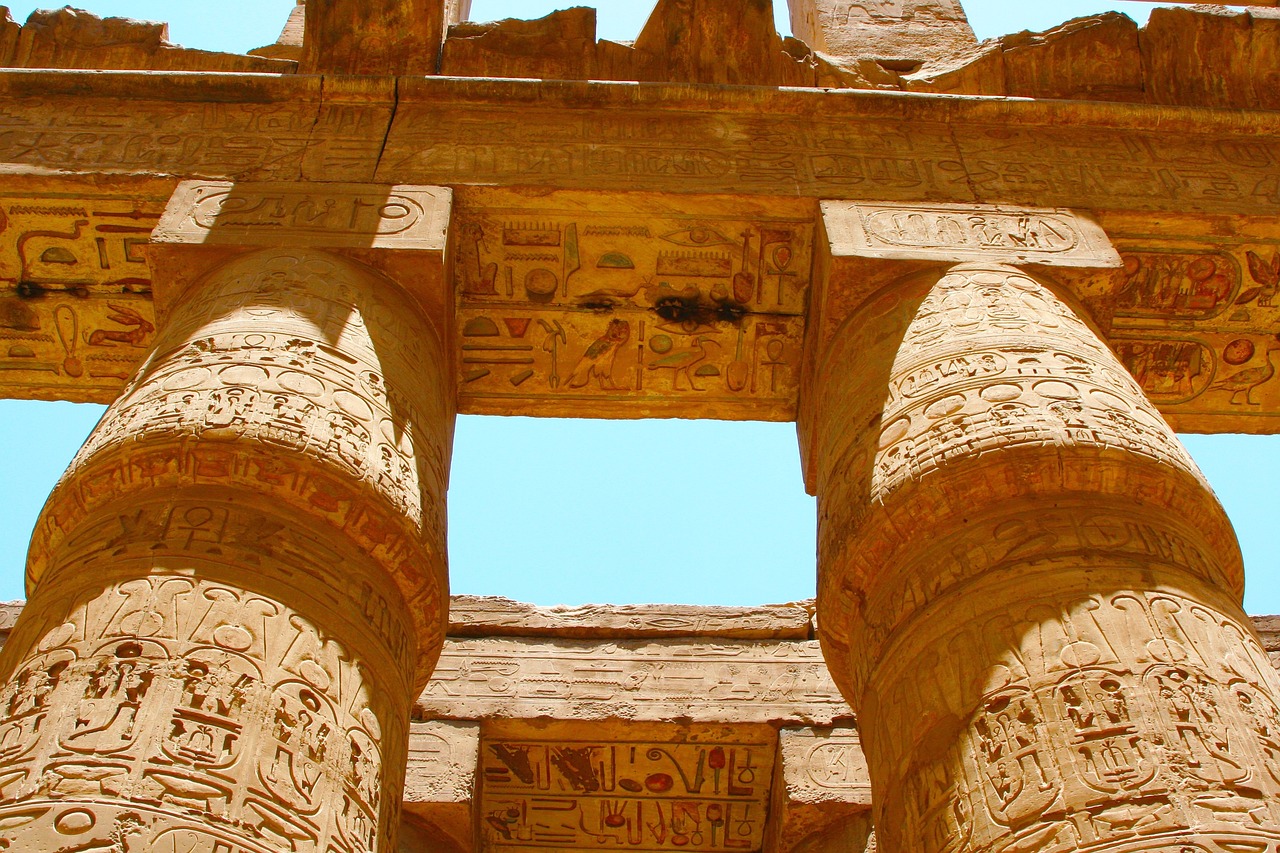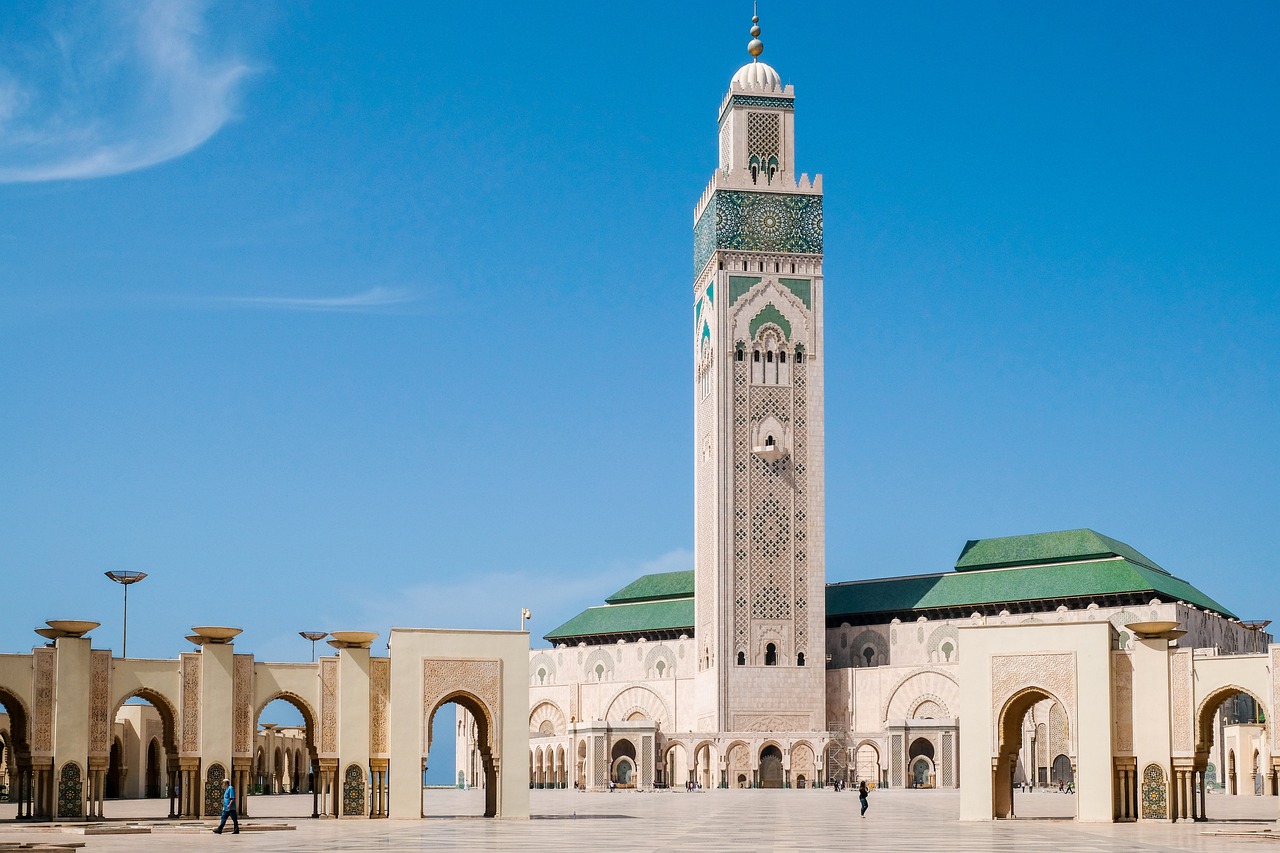Zimbabwe is a landlocked country located in southern Africa, bordered by Zambia to the north, Mozambique to the east, South Africa to the south, and Botswana to the southwest. The country has a population of over 14 million people.
Harare is the capital and largest city of Zimbabwe, located in the northeastern part of the country. It was founded in 1890 as Salisbury, named after the British statesman Lord Salisbury, and became the capital of the self-governing British colony of Southern Rhodesia in 1923. It became the capital of independent Zimbabwe in 1980, following the country’s independence from British colonial rule. Today, Harare is a bustling city with a population of over 1.6 million people and is the country’s political, financial, and commercial center. It is known for its wide boulevards, beautiful gardens, and modern skyline mixed with colonial-era architecture.
Short History
Zimbabwe has a long and complex history that dates back to the 11th century when Bantu-speaking communities began settling in the area. In the 19th century, European colonial powers began to establish control over the region, and in 1923, Southern Rhodesia (present-day Zimbabwe) became a self-governing British colony. The country achieved independence in 1980, following a period of armed struggle against white minority rule. Since independence, Zimbabwe has faced numerous political and economic challenges, including a controversial land reform program and hyperinflation in the early 2000s. Today, Zimbabwe is a presidential republic with a diverse population and a rich cultural heritage.
Architecture
Zimbabwe has a diverse architectural heritage influenced by its colonial and pre-colonial history. The pre-colonial architecture includes the stone ruins of Great Zimbabwe, a UNESCO World Heritage Site dating back to the 11th century. The colonial architecture includes Victorian, Edwardian, and Georgian styles seen in buildings such as the Queen Victoria Museum and the Parliament Building in Harare. The post-independence era has seen the emergence of modern and contemporary architecture, including the Eastgate Centre, a building designed to mimic termite mounds and regulate temperature naturally.
Museums and Galleries
Zimbabwe does not have a wide variety of museums and galleries compared to other tourist destinations. However, here are some of the most interesting museums and galleries in Zimbabwe:
- National Gallery of Zimbabwe – This gallery showcases Zimbabwean contemporary and traditional art and has a permanent collection of more than 1,000 works of art.
- Zimbabwe Museum of Human Sciences – This museum features Zimbabwe’s history, archaeology, and natural history. It houses some of the oldest human remains in the world.
- Mutare Museum – Located in the Eastern Highlands, this museum has an impressive collection of geological and archaeological exhibits, including dinosaur footprints and fossils.
- Railway Museum – This museum in Bulawayo displays the history of railways in Zimbabwe. It features a collection of steam locomotives and railway equipment.
- Khami Ruins Museum – This museum showcases the ancient Khami ruins, a UNESCO World Heritage Site located near Bulawayo.
- Shona Sculpture Gallery – Located in Harare, this gallery features works of art from some of Zimbabwe’s most talented Shona sculptors.
- National Archives of Zimbabwe – This archives collection showcases Zimbabwe’s history through photographs, maps, documents, and other artefacts.
Overall, while Zimbabwe may not have a wide range of museums and galleries, the ones that are available offer a unique and interesting insight into the country’s history and culture.
Landmarks and Monuments
Zimbabwe has a rich cultural and historical heritage, with many impressive landmarks and monuments to visit. Here are some of the most interesting landmarks and monuments in Zimbabwe:
- Great Zimbabwe – This ancient stone city is a UNESCO World Heritage Site and the largest pre-colonial monument in sub-Saharan Africa.
- Victoria Falls – Known as the “smoke that thunders,” Victoria Falls is one of the largest waterfalls in the world and a natural wonder of the world.
- Matobo Hills – A UNESCO World Heritage Site that is home to a number of rock formations and ancient cave paintings.
- Hwange National Park – Zimbabwe’s largest national park, known for its abundance of wildlife, including elephants, lions, and cheetahs.
- National Heroes Acre – A monument dedicated to Zimbabwean heroes who fought for independence and freedom.
- Queen Victoria Museum – Located in Bulawayo, this museum houses a collection of natural history, art, and culture exhibits.
- Mutare Museum – A museum located in the eastern city of Mutare, showcasing the history and culture of the region.
- Domboshawa – A granite hill and spiritual site with ancient rock art and ruins.
- Gonarezhou National Park – A remote and untouched wilderness area that is home to a variety of wildlife and unique rock formations.
- Chinhoyi Caves – A series of limestone caves with an underground lake, popular for swimming and diving.
Zimbabwe has a rich history and cultural heritage that is reflected in its impressive landmarks and monuments. Visitors to Zimbabwe will find plenty to explore and discover in these sites, which are a testament to the country’s vibrant and diverse past.
Parks and Green Spaces
Zimbabwe is a country in southern Africa known for its rich wildlife, stunning landscapes, and unique culture. The country is home to a number of national parks and reserves, offering visitors the chance to experience Africa’s natural beauty up close.
Parks and Green Spaces in Zimbabwe:
- Hwange National Park – the largest national park in Zimbabwe, known for its diverse wildlife and elephant herds.
- Mana Pools National Park – a UNESCO World Heritage site known for its stunning scenery, including the Zambezi River and its floodplains.
- Matobo National Park – a park known for its unique rock formations and ancient San rock paintings.
- Victoria Falls National Park – home to one of the world’s largest waterfalls, the Victoria Falls.
- Nyanga National Park – a mountainous park known for its scenic hiking trails and stunning views.
- Chimanimani National Park – a park known for its rugged landscapes, waterfalls, and hiking trails.
- Matusadona National Park – a park known for its wildlife, particularly the large populations of lions and elephants that can be seen on game drives.
Zimbabwe’s national parks and reserves offer visitors the opportunity to experience Africa’s natural beauty up close. From the stunning landscapes of Mana Pools and Matobo National Parks, to the diverse wildlife of Hwange and Matusadona, Zimbabwe’s parks and green spaces are a must-see for any nature lover.
Shopping Districts
Zimbabwe has a variety of shopping districts that cater to different budgets and tastes. Most of the popular shopping areas are located in the capital city of Harare, but there are also smaller shopping centers in other major cities. Here are five shopping districts worth exploring in Zimbabwe:
- Sam Levy’s Village: This upmarket shopping center is located in the Borrowdale suburb of Harare and is known for its trendy shops, restaurants, and cafes.
- Eastgate Mall: This modern shopping center in Harare features a unique design that allows for natural ventilation and lighting. It is home to a wide range of stores and eateries.
- Joina City: Located in the heart of Harare, Joina City is a popular shopping and business hub that features a mix of local and international brands.
- Fife Avenue Shopping Centre: This bustling shopping area in Harare is a great place to find bargains on clothes, accessories, and household items.
- Mutare Flea Market: If you’re looking for a more authentic shopping experience, head to the Mutare Flea Market in the eastern part of Zimbabwe. Here you’ll find a wide range of locally made crafts, souvenirs, and other goods at affordable prices.
Zimbabwe’s shopping districts offer a unique mix of modern and traditional shopping experiences, making it a great destination for all types of shoppers.
Food and Drink
Zimbabwean cuisine is a unique blend of traditional African flavors with influences from European and Asian cooking styles. Here are some must-try dishes and drinks in Zimbabwe:
- Sadza: This is a staple food made from ground maize, which is cooked to a thick, dough-like consistency and often served with meat and vegetables.
- Chikendu: This is a popular dish made from chicken that is stewed in a spicy tomato sauce.
- Biltong: This is a type of dried and cured meat, similar to beef jerky, that is a popular snack in Zimbabwe.
- Mabhonzo emombe: This is a beef and peanut butter stew that is a traditional Zimbabwean dish.
- Maheu: This is a traditional Zimbabwean drink made from fermented maize, and is often served as a refreshing and slightly sweet beverage.
- Chibuku: This is a popular Zimbabwean beer made from fermented sorghum, and is often served in traditional clay pots.
- Rooibos tea: This is a popular non-alcoholic beverage in Zimbabwe, and is made from the leaves of the rooibos plant.
- Boerewors: This is a type of sausage that is popular in Zimbabwe, and is made from beef or pork and a blend of spices.
- Kapenta: This is a type of small, freshwater fish that is a popular food in Zimbabwe, often served fried or in a stew.
- Muriwo unedovi: This is a traditional Zimbabwean vegetable dish made from leafy greens cooked with peanut butter, onion, and tomato.
Transportation
Zimbabwe has a variety of transportation options for getting around the country, including taxis, buses, minibuses, and private cars. Taxis are widely available in urban areas, and it’s advisable to use those that are officially registered with the city. Buses and minibuses are the most common modes of public transportation, with a well-developed network connecting major cities and towns. For visitors who prefer more flexibility, car rental is also an option. However, it is recommended to hire a driver or have good navigation skills as road conditions can be challenging, especially in rural areas. Domestic flights are also available, which offer quick transportation between major cities. Additionally, cycling and walking are great options for exploring the countryside and urban areas.
Safety
Zimbabwe is generally safe for travelers, but like any other destination, it is important to take certain precautions to ensure a safe and enjoyable trip. Petty crime can occur, especially in urban areas, so it is important to take precautions such as not carrying large amounts of cash or valuable items in public and avoiding isolated areas at night. It is also important to be aware of political developments and follow local news to stay informed about any potential safety risks.
Expensive or Cheap
Zimbabwe is considered a relatively affordable travel destination compared to other African countries, with prices being generally lower than in Western countries. However, prices can vary depending on the location and the type of accommodation and activities. The country has experienced economic challenges in the past, including hyperinflation, which affected the value of the local currency. As a result, many businesses now accept US dollars as an alternative currency. In general, travelers can expect to find a range of affordable accommodation, food, and activities in Zimbabwe.
Best Time to Travel
The best time to travel to Zimbabwe is during the dry season, which runs from May to October. During this time, the weather is pleasant, the skies are clear, and wildlife is easier to spot due to the reduced vegetation and animals gathering around water sources. However, it’s also the peak tourist season, so expect higher prices and larger crowds. The wet season, from November to April, brings lush greenery and migratory birds, but it can also mean muddy roads and some attractions may be closed.
Date Ideas
Here are some activities or experiences that visitors to Zimbabwe might enjoy:
- Visit the Victoria Falls, one of the world’s most famous natural wonders.
- Take a safari tour to see wildlife such as elephants, lions, and giraffes.
- Explore the Great Zimbabwe ruins, a UNESCO World Heritage site.
- Go on a tour of local villages to learn about the country’s diverse cultures.
- Take a hot air balloon ride over the beautiful landscapes of Zimbabwe.
- Go white water rafting on the Zambezi River.
- Visit the Hwange National Park, one of Africa’s largest game reserves.
- Attend a traditional music or dance performance.
- Visit local markets and shops to purchase handmade crafts and souvenirs.
- Try local cuisine such as sadza, a staple food made from maize meal, or biltong, a type of dried meat.
Zimbabwe offers a range of exciting and enriching experiences for visitors, from natural wonders to cultural experiences, and opportunities to connect with local communities.
Fun and Interesting Facts
Zimbabwe is a landlocked country located in southern Africa, bordered by Zambia, Mozambique, South Africa, and Botswana. It is known for its stunning landscapes, wildlife, and vibrant culture. Here are some fun and interesting facts about Zimbabwe:
- Zimbabwe was formerly known as Rhodesia, named after British colonialist Cecil Rhodes.
- The name Zimbabwe comes from the Shona language, meaning “house of stone.”
- The Great Zimbabwe ruins are a UNESCO World Heritage site and are considered to be the largest ancient structure south of the Sahara.
- Victoria Falls, located on the border of Zimbabwe and Zambia, is one of the world’s largest waterfalls and a popular tourist destination.
- Zimbabwe is home to several national parks, including Hwange National Park and Mana Pools National Park, which offer opportunities to see wildlife such as elephants, lions, and giraffes.
- The country has 16 official languages, including Shona, Ndebele, and English.
- The Zimbabwean dollar was the official currency until 2009 when it was abandoned due to hyperinflation.
- The Mbira, a traditional instrument made of metal strips attached to a wooden board, is an important part of Zimbabwean music.
- Zimbabwean cuisine features dishes such as sadza (a cornmeal porridge), kapenta (a small fish), and game meat like kudu and impala.
- The country has a rich history of art, including stone carvings, basket weaving, and pottery.
In conclusion, Zimbabwe is a country with a fascinating history, diverse culture, and stunning natural beauty. It offers visitors a unique and memorable travel experience.



